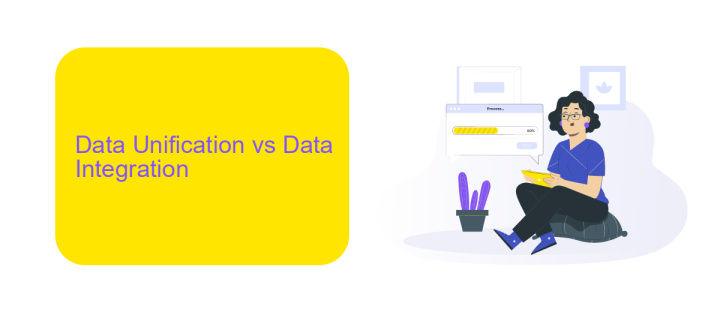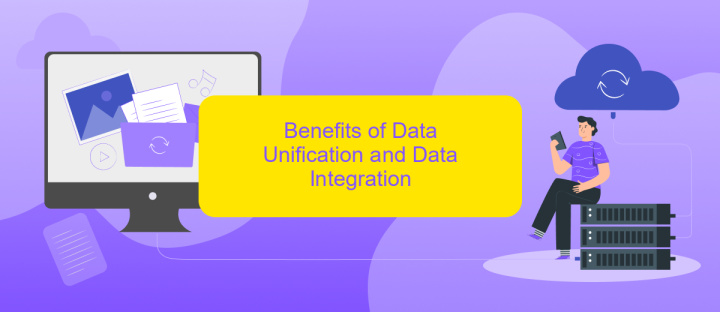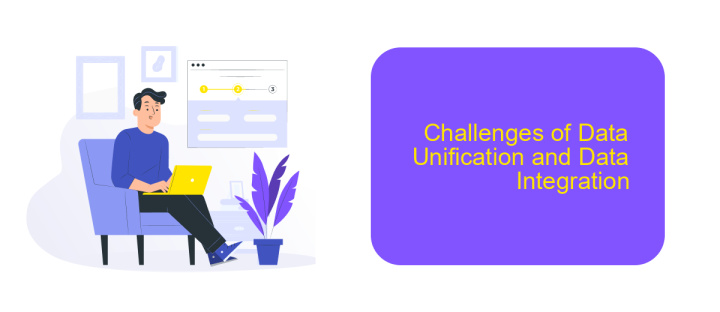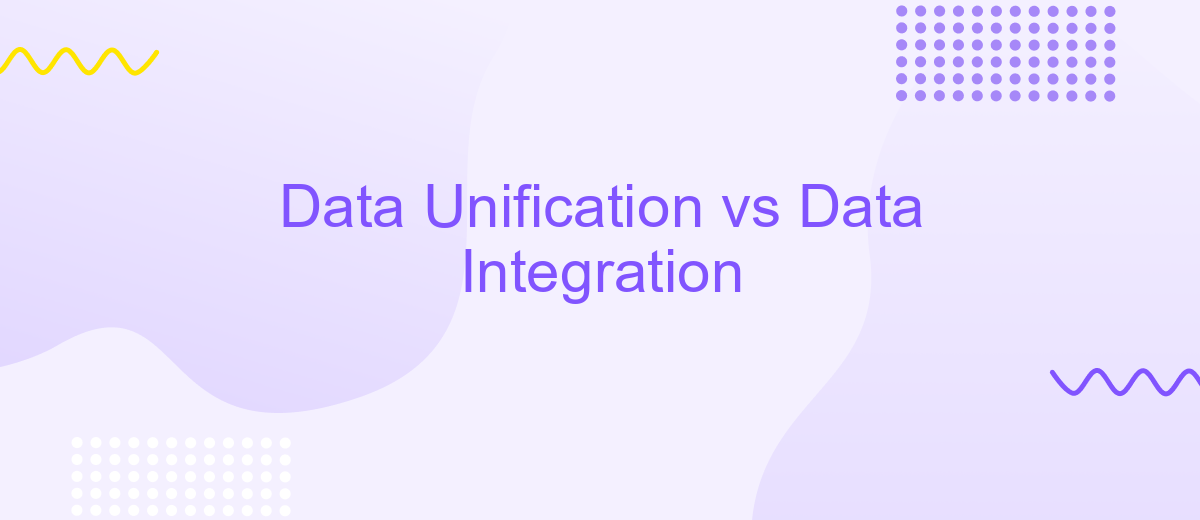Data Unification vs Data Integration
In the digital age, managing vast amounts of data is crucial for businesses to thrive. Data unification and data integration are two key strategies employed to streamline data processes and enhance decision-making. While often used interchangeably, they serve distinct purposes and offer unique benefits. This article explores the differences and synergies between data unification and data integration.
Introduction
In today's data-driven world, businesses often face the challenge of managing and utilizing vast amounts of data from various sources. Two common approaches to address this challenge are data unification and data integration. Although these terms are sometimes used interchangeably, they have distinct differences that can significantly impact the efficiency and effectiveness of data management strategies.
- Data Unification: This process involves combining data from different sources into a single, cohesive dataset. It focuses on creating a unified view of data by eliminating redundancies and ensuring consistency.
- Data Integration: Unlike unification, data integration is about connecting and combining data from various sources while maintaining their original structure. This approach enables seamless data flow between systems without necessarily merging the datasets.
Understanding these differences is crucial for businesses aiming to optimize their data management processes. Tools like ApiX-Drive can simplify data integration by automating the connection between different applications and services, ensuring that data flows smoothly and efficiently across platforms. By leveraging such tools, organizations can enhance their ability to make informed decisions and drive growth.
Data Unification vs Data Integration

Data unification and data integration are often used interchangeably, but they serve distinct purposes in data management. Data unification focuses on consolidating data from multiple sources into a single, cohesive dataset, ensuring consistency and eliminating redundancy. This process involves standardizing data formats and resolving discrepancies to create a unified view of information. This is especially useful for companies that, for example, handle insurance credentialing for therapists, aiming to maintain a single source of truth, which enhances decision-making and operational efficiency.
On the other hand, data integration involves combining data from different sources to provide a comprehensive view without necessarily standardizing the data formats. Integration is more about enabling seamless data flow across various systems and applications. Tools like ApiX-Drive facilitate this process by connecting multiple platforms and automating data transfer, making it easier to synchronize information across different systems. While unification aims at creating a consistent dataset, integration focuses on the interoperability of data across various platforms.
Benefits of Data Unification and Data Integration

Data unification and data integration are critical strategies for modern businesses aiming to harness the full potential of their data. Both approaches offer unique benefits that can significantly enhance data management and utilization.
- Improved Data Quality: Unification ensures that data from different sources is consistent and accurate, reducing errors and redundancies.
- Enhanced Decision-Making: Integration provides a holistic view of data, enabling more informed and timely business decisions.
- Operational Efficiency: Both strategies streamline workflows by automating data processes, saving time and reducing manual effort.
- Cost Savings: Efficient data management reduces storage costs and minimizes the need for extensive data cleaning and maintenance.
- Scalability: Tools like ApiX-Drive facilitate seamless integration, allowing businesses to scale their operations without the hassle of complex data migrations.
By leveraging data unification and integration, organizations can unlock deeper insights, optimize their operations, and ultimately drive better business outcomes. Whether through improving data quality or enhancing decision-making capabilities, these strategies are indispensable in today’s data-driven landscape.
Challenges of Data Unification and Data Integration

Data unification and data integration present unique challenges that organizations must navigate to achieve seamless data management. Both processes aim to consolidate data from disparate sources, but they differ in approach and complexity.
Data unification involves merging data into a single cohesive dataset, often requiring significant transformation and standardization efforts. On the other hand, data integration focuses on connecting disparate systems to allow continuous data flow between them. While both are essential, they come with their own sets of hurdles.
- Data Quality: Ensuring accuracy and consistency across various data sources.
- Scalability: Managing increasing volumes of data without compromising performance.
- Compatibility: Integrating data from systems with different formats and protocols.
- Security: Protecting sensitive data during transfer and storage.
- Cost: Allocating resources for tools, infrastructure, and skilled personnel.
For instance, services like ApiX-Drive can simplify data integration by providing automated workflows and seamless connectivity between applications. However, achieving true data unification may still require custom solutions and extensive data cleansing efforts. Organizations must carefully plan and execute these processes to maximize the value of their data assets.
Conclusion
In conclusion, both data unification and data integration play crucial roles in managing and optimizing data within organizations. While data integration focuses on combining data from different sources to provide a unified view, data unification goes a step further by ensuring that the combined data is consistent, accurate, and ready for analysis. These processes are not mutually exclusive but rather complementary, each addressing different aspects of data management challenges.
For organizations looking to streamline their data workflows, leveraging tools like ApiX-Drive can be incredibly beneficial. ApiX-Drive offers seamless integration capabilities, allowing businesses to connect various data sources effortlessly. This not only simplifies the integration process but also enhances the overall efficiency of data unification efforts. By utilizing such services, companies can ensure that their data is both integrated and unified, leading to more informed decision-making and strategic insights.
FAQ
What is the difference between data unification and data integration?
Why is data unification important for businesses?
Can data integration be automated?
What challenges are associated with data unification?
How do data unification and integration impact data analytics?
Strive to take your business to the next level, achieve your goals faster and more efficiently? Apix-Drive is your reliable assistant for these tasks. An online service and application connector will help you automate key business processes and get rid of the routine. You and your employees will free up time for important core tasks. Try Apix-Drive features for free to see the effectiveness of the online connector for yourself.

